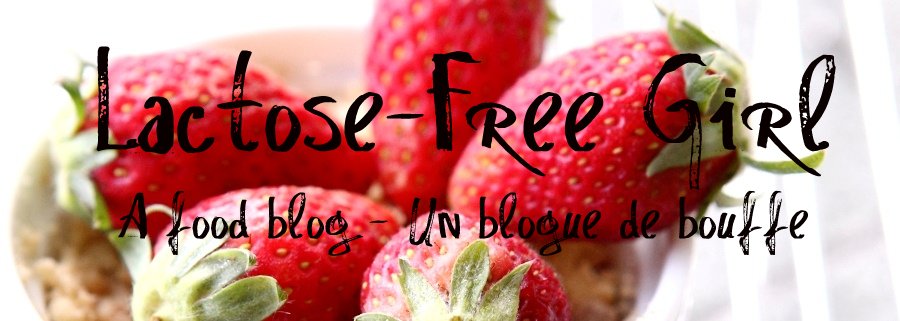
This recipe first appealed to me because I like sweet-salty pairings, so a chocolate mousse that used olive and sea salt sounded right up my alley. It has the added benefit of explaining how to pasteurize eggs to use in the mousse. My go-to chocolate mousse skips this step entirely, but since my friends are starting to have babies, I’m more aware of dietary restrictions during pregnancy than I used to be. So this mousse can be made safe for pregnant women, even though it has eggs.
I must confess that my favourite thermometer broke recently (it was in my drawer, before the latest kitchen intervention, and must have gotten banged around once too many). The Engineer and I bought a new digital thermometer instead, but it turns out that while you couldn’t ask for a better meat thermometer, its capacities for taking the temperature of a mixture in a saucepan are severely limited. So I used our old meat thermometer, but it doesn’t have a clip to hang on to the saucepan and it has a slow reaction time. Since I had one hand holding the thermometer and one hand whisking the eggs (periodically removing the thermometer so I could whisk better), I ever-so-slightly missed the point at which I should have removed the eggs from the heat: they started to scramble a bit. So I decided to start over and this time, I didn’t use the thermometer, but removed the eggs from the heat when they started to look like they had right before it was too late. I didn’t care about the precise temperature, since I have no qualms about eating raw eggs. That being said, we will invest in a new thermometer with a saucepan clip, so we can do it more precisely next time.
I used the Scharffen Berger chocolate I had brought back from Vermont, and seriously, quality chocolate makes all the difference. There was no sugar in this recipe (only a little maple syrup), but the chocolate was so good that I didn’t miss the sweetness (but of course, I’m addicted to dark chocolate; those who are not might want to add a bit more maple syrup). As far as chocolate mousses go, this one is remarkably healthy!
In the end, I didn’t use sea salt flakes to finish the dish; I made lavender salt by crushing sea salt with lavender flowers. This salt was also great on chicken roasted with Dijon mustard. Of course, it’s entirely optional, don’t feel like you have to do this!

Here is the recipe.
2 eggs, thoroughly beaten
¾ cup whole milk
6 oz good-quality semi-sweet dark chocolate, in pieces
¼ cup finishing-quality olive oil
1 Tbsp maple syrup
1 tsp vanilla
1 tiny pinch fine salt
sea salt or lavender salt, to serve
Whisk the milk and eggs together, beating for at least a minute. Put in a small, heavy saucepan over low heat. Put a thermometer into the milk mixture and carefully heat, stirring frequently, until the mixture reaches 160 °F. Take off the heat.
In another small, heavy saucepan (a double-boiler is safer), put the chocolate over low heat. Heat slowly, stirring frequently, until the chocolate is completely melted. Take off the heat and stir in the olive oil.

I can finally create a double boiler with my new metal bowls.

This is the chocolate as it is starting to melt. Notice how the eggs next to it look a little scrambled...

Smooth, melted chocolate.

My second try at the eggs - the texture is much better.
Add the milk and egg mixture to a blender or food processor, along with the maple syrup, vanilla, and a pinch of fine salt. Blend to combine.

With the food processor or blender running, slowly pour in the chocolate mixture and blend until well combined. The final mix will be frothy and smooth.
Fill four 6-oz ramekins and put in the refrigerator to chill. The mousse will take about three hours to set.

Serve with just a pinch of rough salt.

2 comments:
C'est une recette très intéressante que je vais essayer, mais c'est quoi la finishing-quality, une huile qui a un goût moins prononcé?
Au contraire, c'est une huile de qualité supérieure, qui est si bonne qu'on peut la manger à la cuillère (alors qu'avec une huile de qualité moindre, il faut la mélanger à autre chose pour la manger, ou alors l'utiliser juste pour la cuisson). C'est que si l'huile ne goûte pas bon, la mousse ne sera pas bonne, tout simplement.
L'origine du terme "finishing quality", c'est que les chefs cuisiniers l'utilisent souvent pour "finir" la présentation d'un plat en en faisant couler un filet sur la nourriture avant de la servir.
Post a Comment